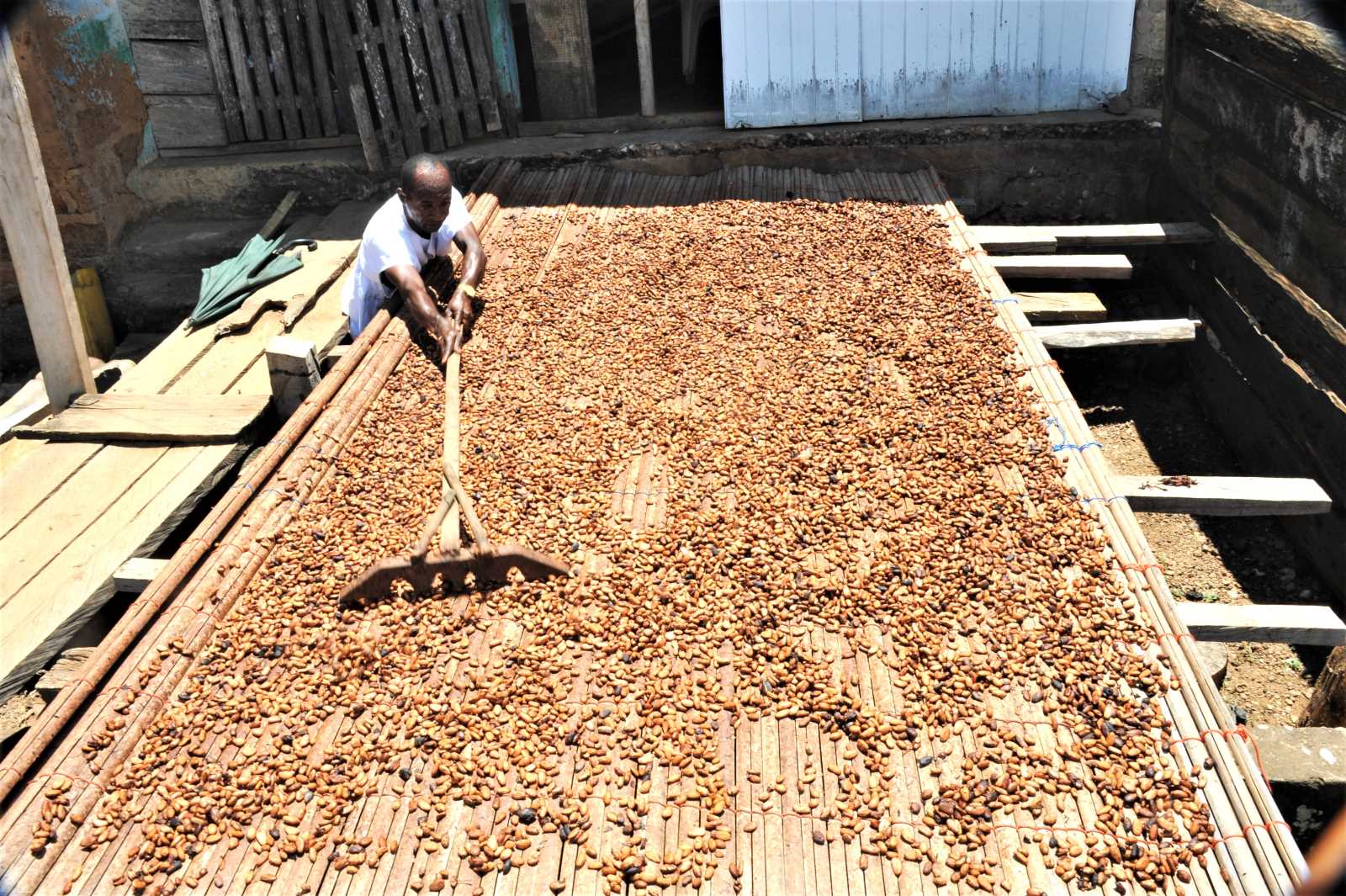Development funding
Putting money in the right hands

Since 1995, Zambia has given funds to electoral districts through its Constituency Development Fund (CDF) programme. The money is intended for local infrastructure and services such as roads, schools, clinics, courts, canals, bridges and community boreholes.
Significantly, local officials – not government ministries – decide how CDF money is spent. The idea is that local officials can best decide what projects are most needed in their communities. Unfortunately, however, the funds have been misused in many electoral districts across the country.
“The CDF has been misused, leading to constituencies lagging in development ,” says a recent editorial titled “Use CDF for intended purposes” in Times of Zambia, a national daily newspaper. “There has been rampant abuse of the funds … across the country. It is high time that the local authorities entrusted to handle these funds channel the resources to the intended projects.”
Despite persistent reports of CDF mismanagement, the government has boosted the amount of money available for distribution. The 2022 national budget increases CDF funding from 1.6 million Kwacha to 25.7 million Kwacha (about €81,000 to € 1.3 million) for each of Zambia’s 156 electoral constituencies.
To address complaints of mismanagement, the government has changed its disbursement system. Instead of handing CDF money to individual members of parliament to distribute in their constituencies, the government now gives the money to councils in each constituency.
The government also asks the councils to write Integrated Development Plans (IDPs) detailing their spending priorities. Significantly, however, most local constituencies still do not have IDPs. In response, the government has issued guidelines to help local authorities write the documents.
The increased funding and the IDP requirement will produce good results, according to Mubika Mubika, a member of parliament from Shangombo District in the Western Province. “This is the first budget that will uplift the lives of the people of Shangombo,” he says. “We will try by all means to ensure that we have enough roads, clinics, classrooms, computers and accommodations for our teachers.”
However, Peter Sinkamba, president of the Green Party of Zambia, remains sceptical, noting that CDF spending has been plagued by corruption. “If nothing is done to ensure accountability and transparency, the increased funding will not yield desirable results,” he says.
Several pieces of existing legislation that involve the use of CDF funds should be amended to increase transparency in how the funds are used, says the Zambia United Local Authorities Workers Union, an association of local officials. Their aim is to make CDF an effective tool for community development.
Link
Editorial: “Use CDF for intended purposes,” Times of Zambia, 20 Sept. 2021.
http://www.times.co.zm/?p=111494
Derrick Silimina is a freelance journalist based in Lusaka.
derricksilimina@gmail.com














